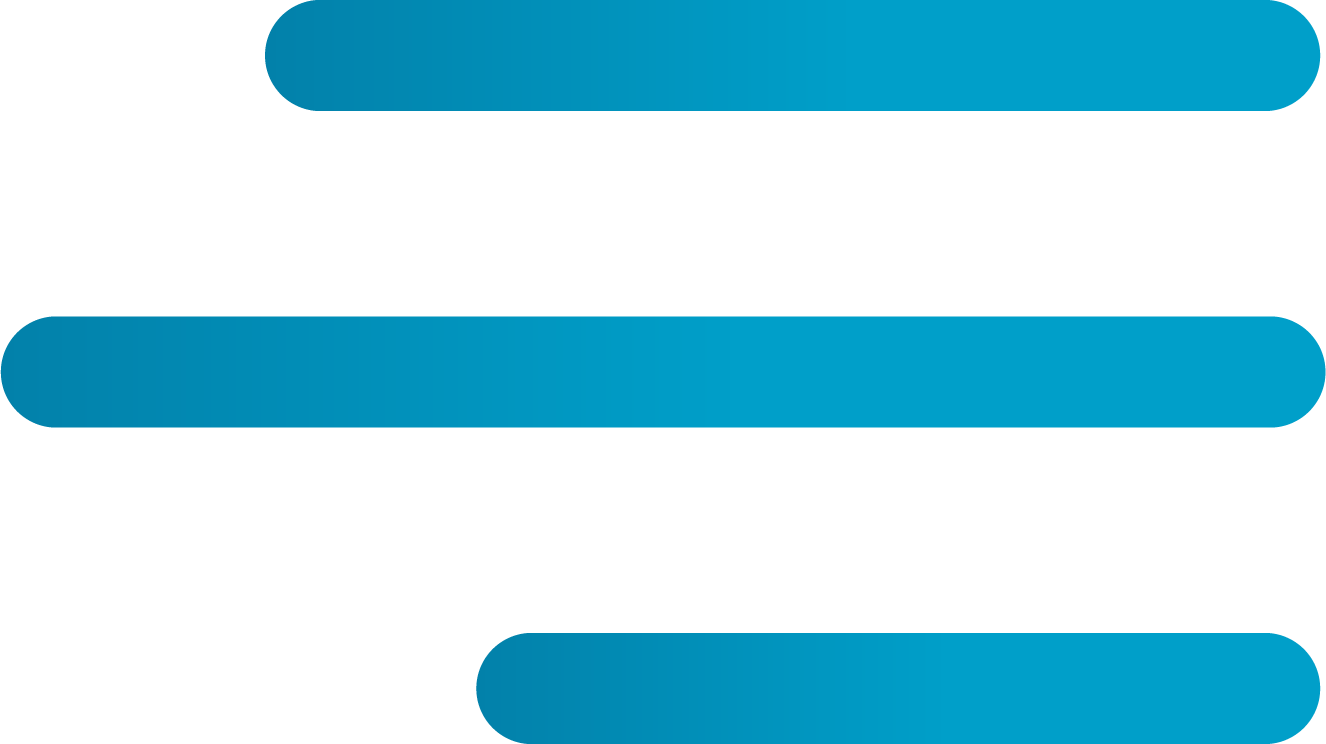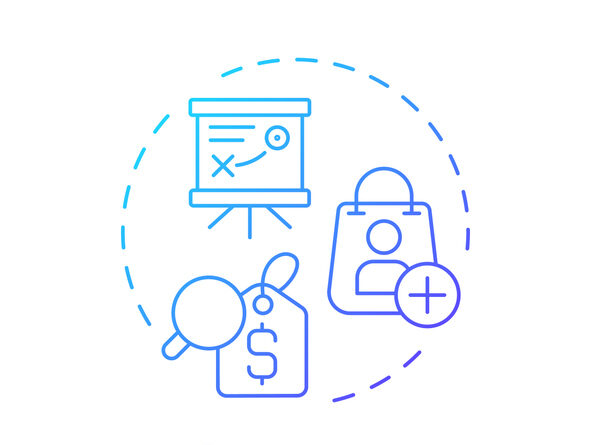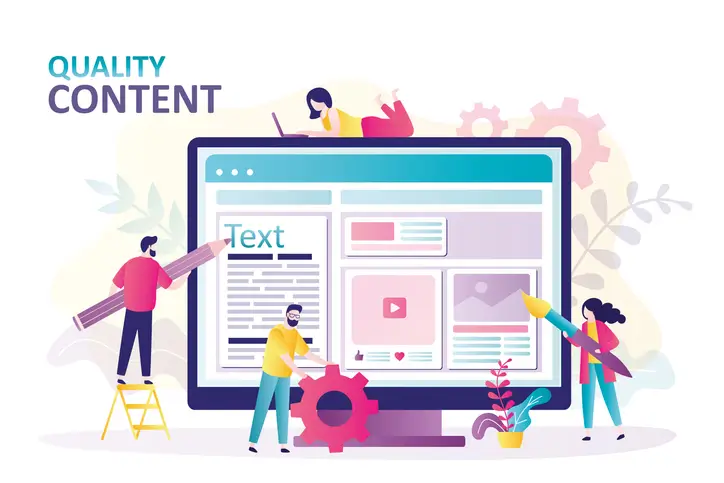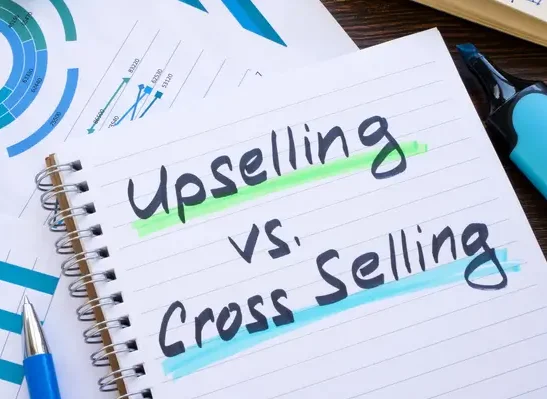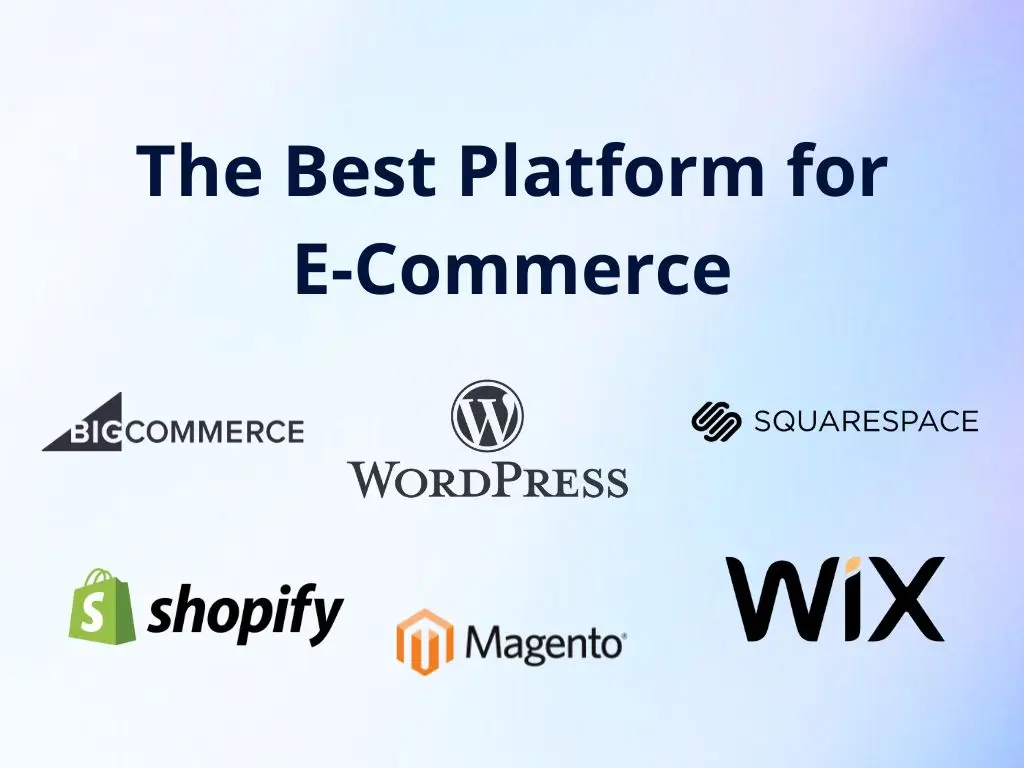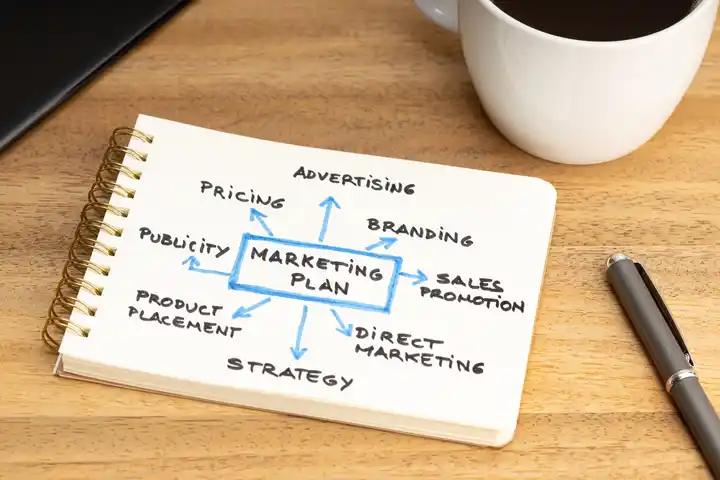Introduction
Are you pouring money into marketing without seeing the desired return on investment? Asking the question, what is CAC (Customer Acquisition Cost), could be the key to unlocking better profitability. In today’s competitive market, knowing how much it costs to acquire a new customer is essential for optimizing your marketing strategies and boosting your bottom line. This article delves into what CAC stands for, how to calculate customer acquisition cost, and effective ways to reduce it.
What Is CAC and What Does CAC Stand For?
Customer Acquisition Cost (CAC) is a metric that calculates the total expenses incurred to acquire a new customer. It stands for the aggregate cost of convincing a potential customer to purchase your product or service. This includes all marketing and sales expenses related to attracting and converting leads into paying customers.
How to Calculate Customer Acquisition Cost
Understanding how to calculate customer acquisition cost is vital for assessing the effectiveness of your marketing efforts. The customer acquisition cost formula is straightforward:
Example Calculation:
- Total Marketing and Sales Expenses: $10,000
- Number of New Customers Acquired: 100
This means it costs you $100 to acquire each new customer.


Average Customer Acquisition Cost Across Industries
The average customer acquisition cost varies widely across industries. Understanding these benchmarks can help you gauge your performance.
- E-commerce: Lower CAC due to online marketing efficiencies.
- Software as a Service (SaaS): Higher CAC because of longer sales cycles.
- Retail: Varies based on location and competition.
Click here for more detailed CAC industry benchmarks.
Strategies to Reduce Your CAC
Lowering your cost per customer acquisition can significantly improve your ROI. By applying these tactics, you can enhance efficiency and achieve better results without increasing your budget. Here are actionable strategies:
1. Optimize Your Marketing Channels
Identify which marketing channels yield the highest return. Focus your budget on these channels to maximize efficiency. Analyze metrics like click-through rates and conversion rates to determine which channels are most effective.
2. Improve Conversion Rates
Enhance your website and sales funnel to convert more visitors into customers. A higher conversion rate reduces your CAC. Implement A/B testing to optimize landing pages and calls-to-action. Learn more in our Ecommerce Conversion Optimization Guide
3. Leverage Content Marketing
High-quality content attracts organic traffic, reducing the need for paid advertising. Consistently publishing valuable content can boost your search engine rankings and brand authority.
4. Implement Referral Programs
Encourage existing customers to refer new ones. Referral marketing often has a lower CAC compared to traditional channels. Offer incentives like discounts or rewards to motivate customers to participate.
5. Utilize Marketing Automation
Automate repetitive tasks to save time and reduce costs. This efficiency lowers your overall CAC. Use tools like email automation and CRM systems to streamline your marketing efforts.
Importance of CAC in Marketing ROI
Understanding CAC marketing metrics is essential for optimizing your marketing spend.
- Budget Allocation: Invest more in channels that lower your CAC. By focusing on cost-effective channels, you can reduce overall expenses and improve your average customer acquisition cost.
- Pricing Strategies: Ensure your customer lifetime value (LTV) exceeds your CAC. Analyzing this ratio helps in setting optimal pricing strategies that maximize profitability over the customer’s lifetime.
- Growth Planning: Accurate CAC helps in forecasting and scaling your business. It enables you to predict future costs and revenues, aiding in strategic decision-making and long-term planning.
Conclusion
Understanding CAC and how to manage it is crucial for sustainable business growth. By calculating your customer acquisition cost and implementing strategies to reduce it, you can optimize your marketing spend and improve your ROI. Start analyzing your CAC today to make data-driven decisions that propel your business forward.
